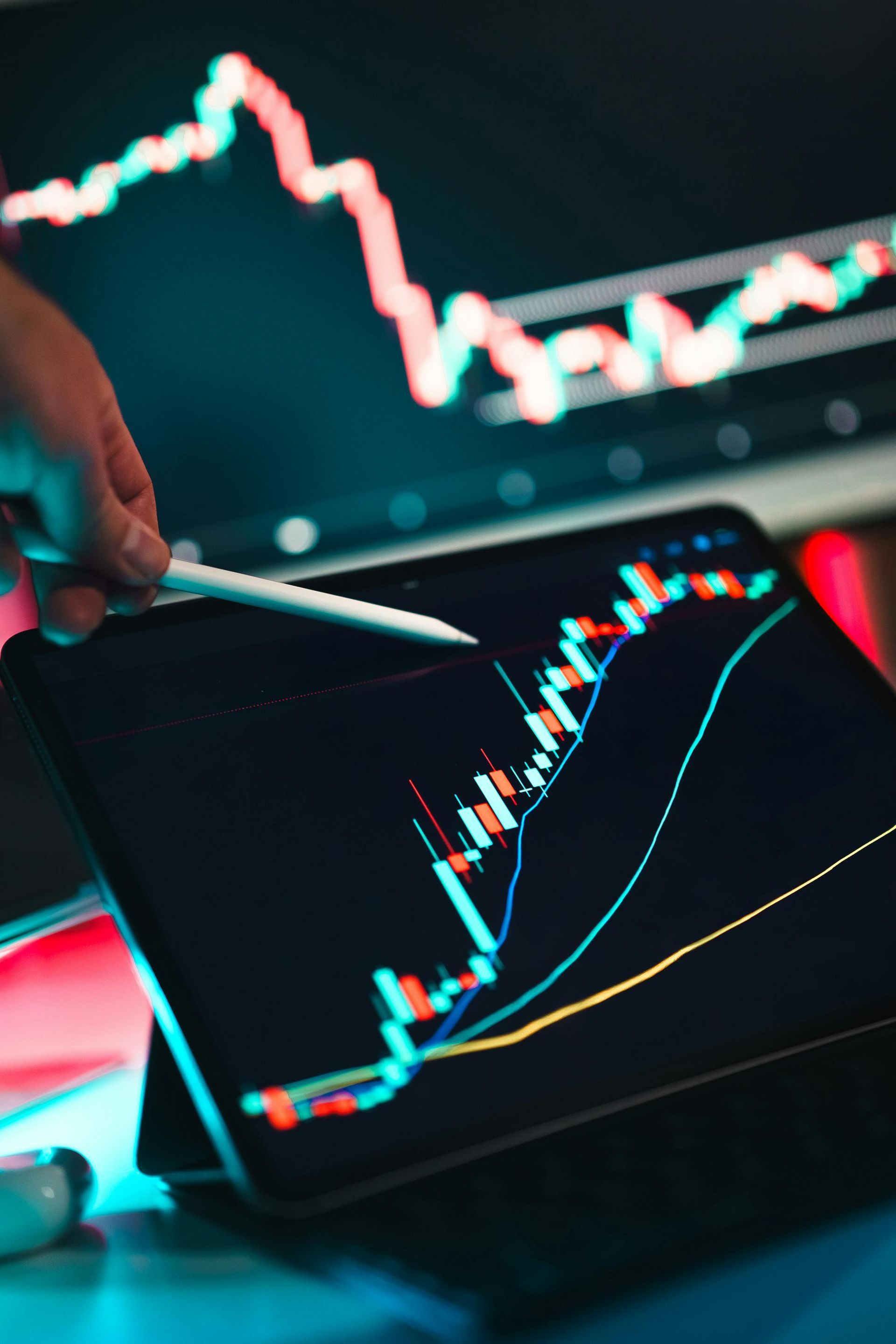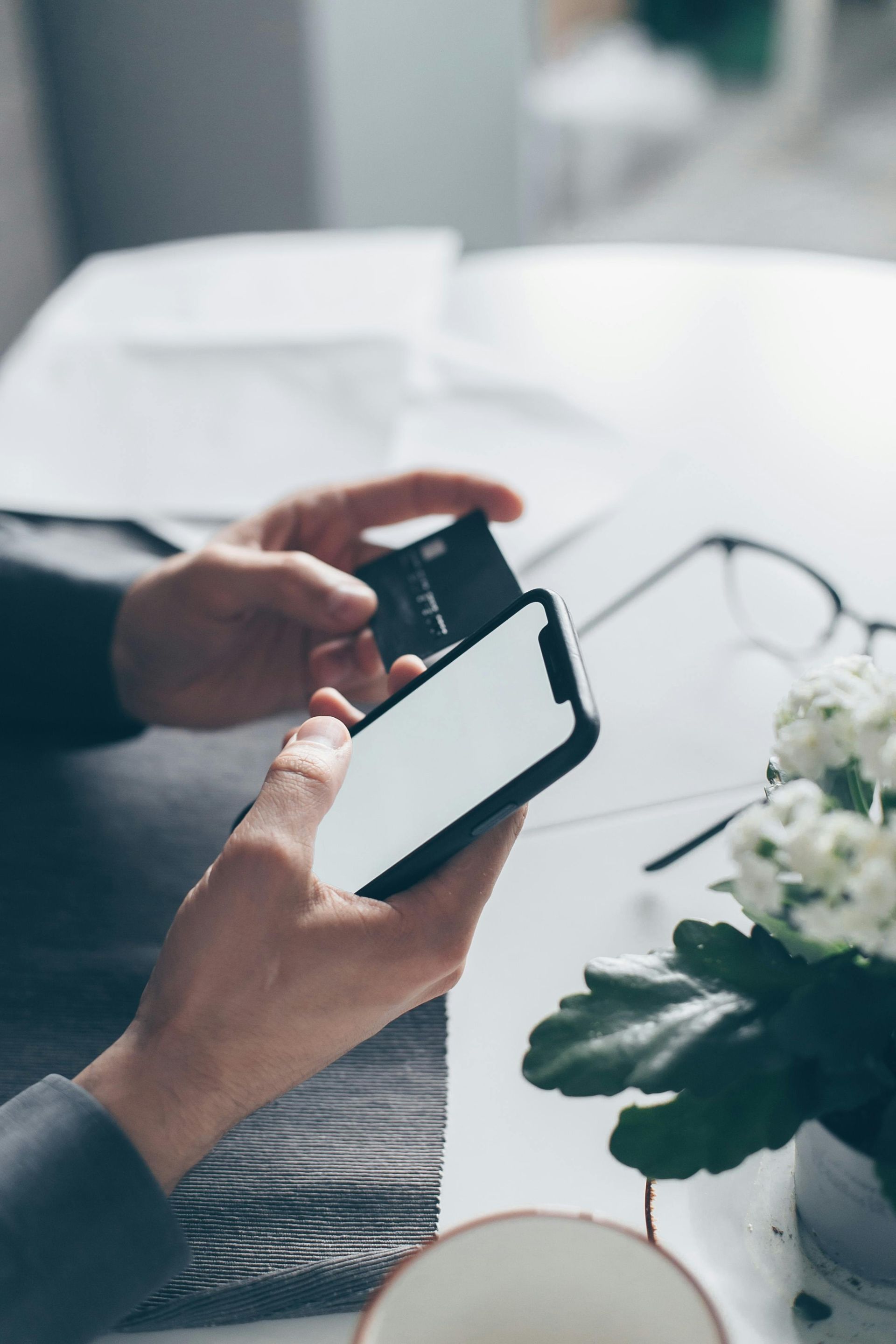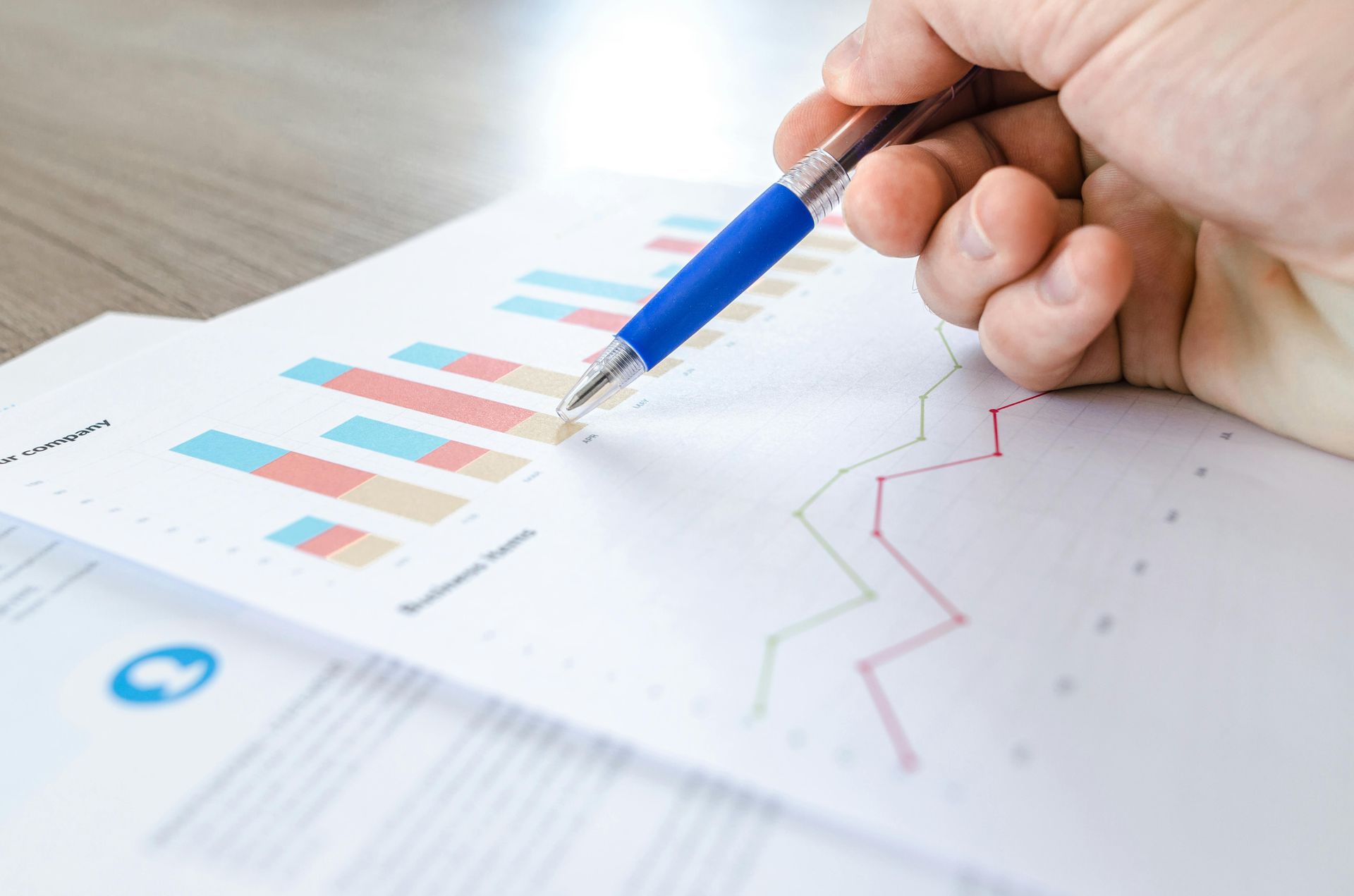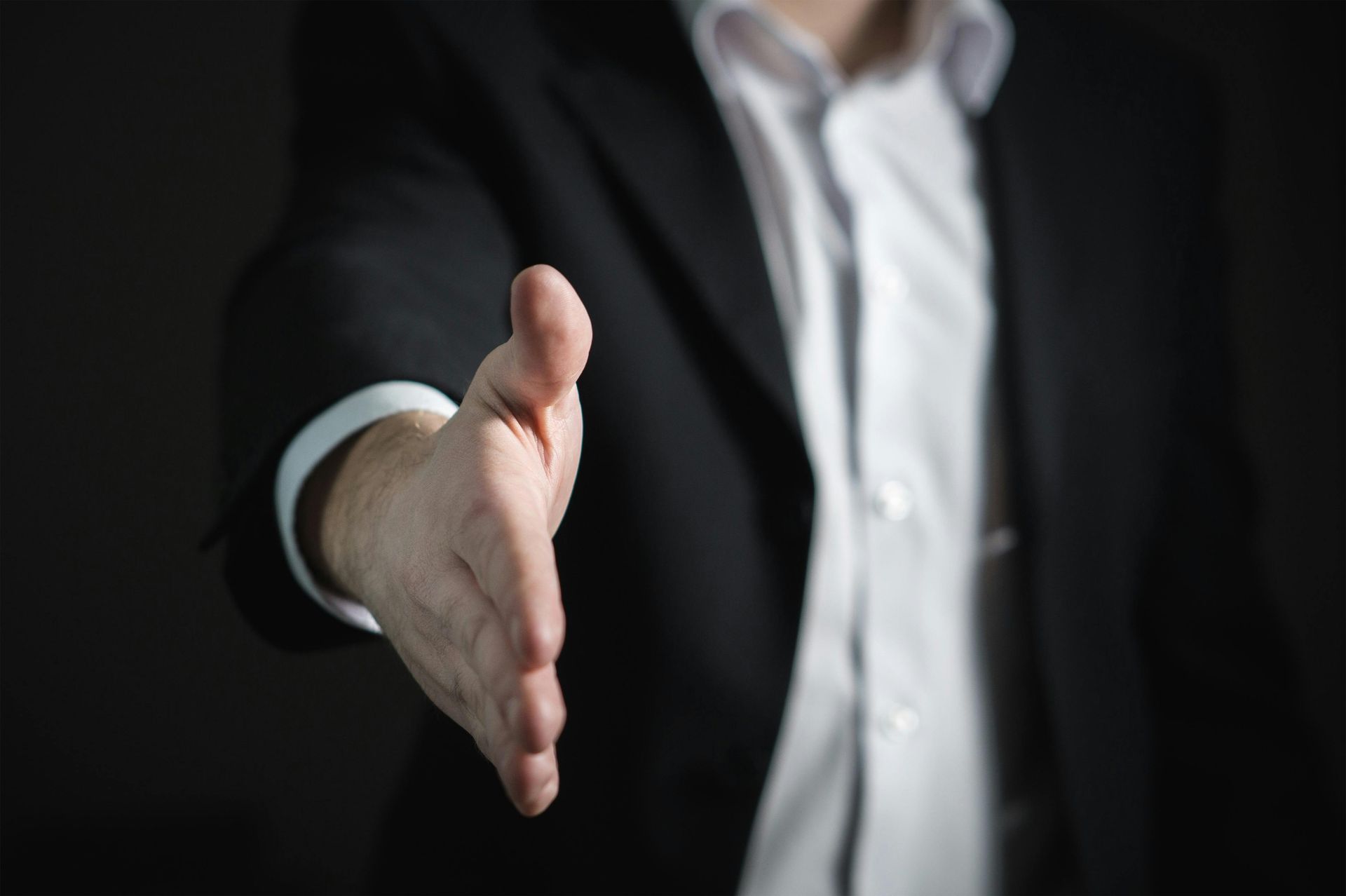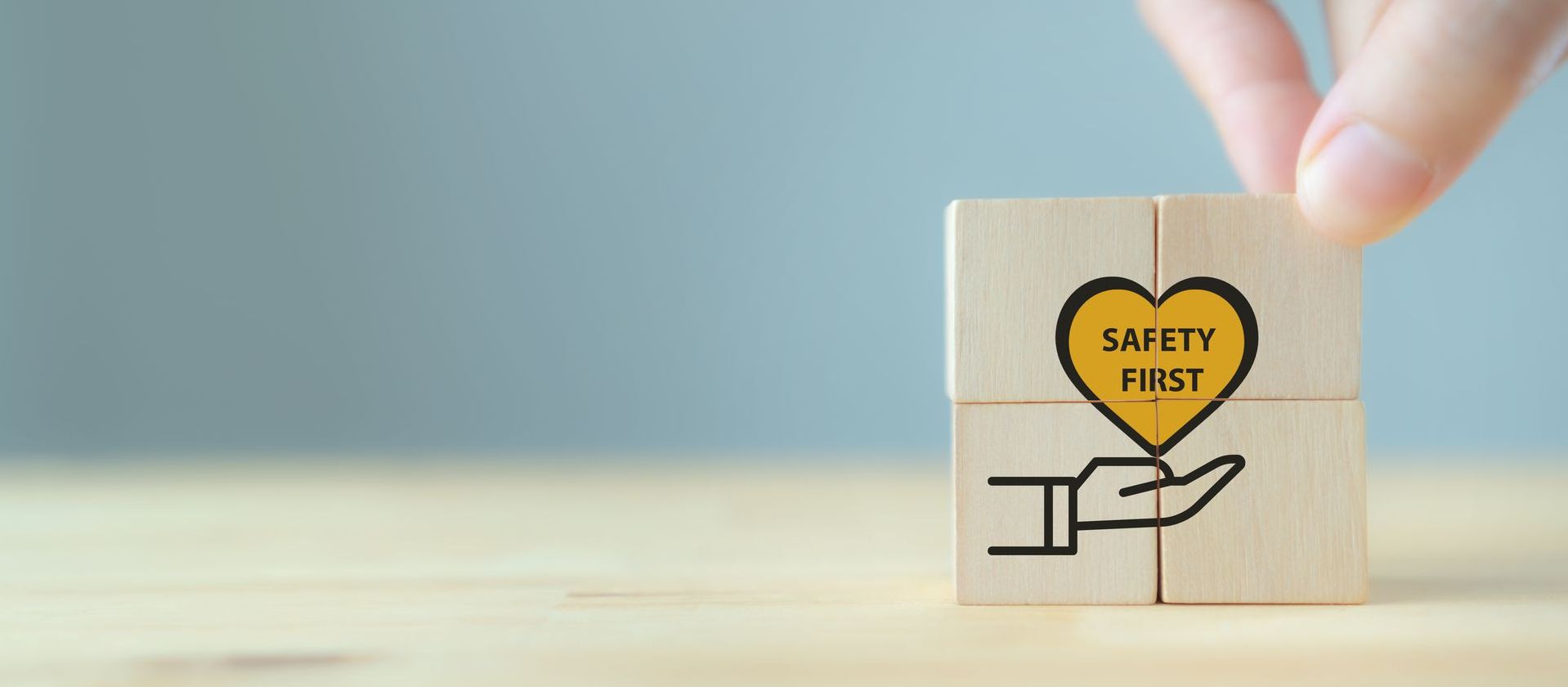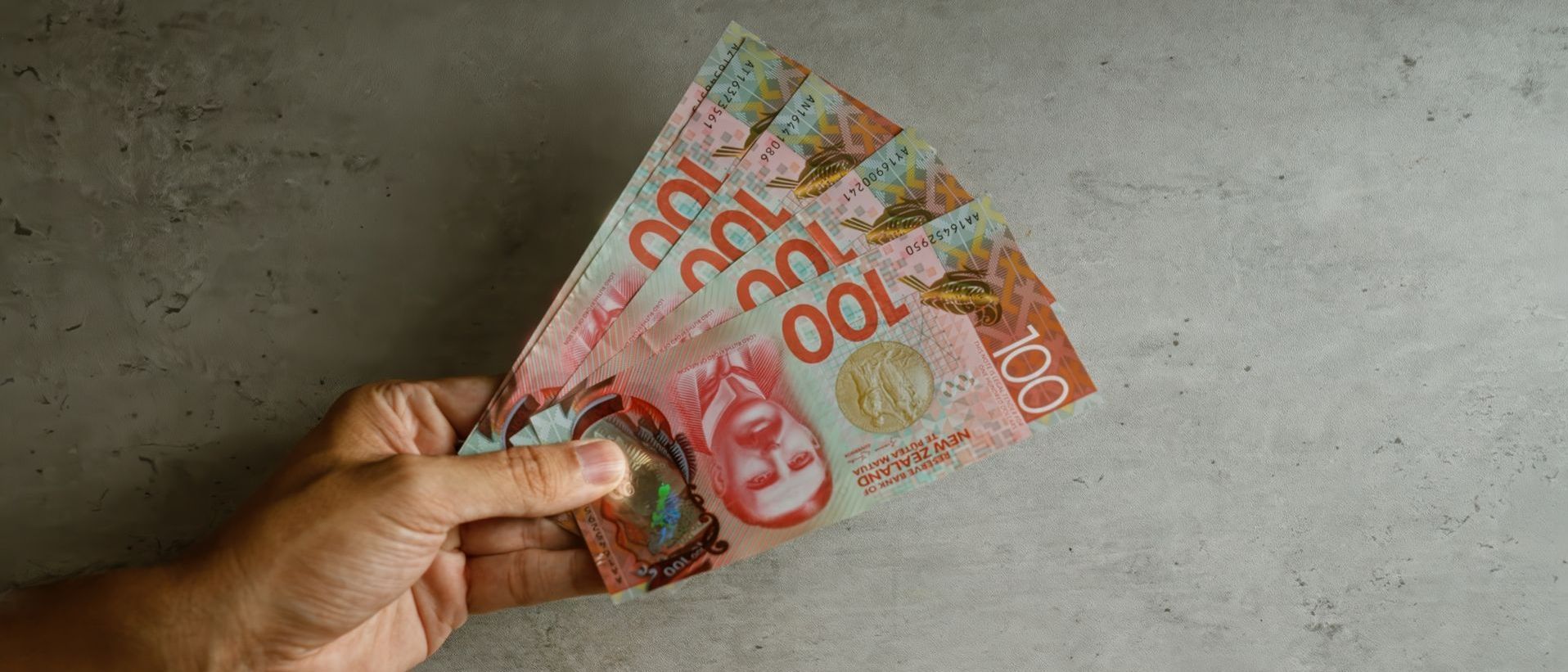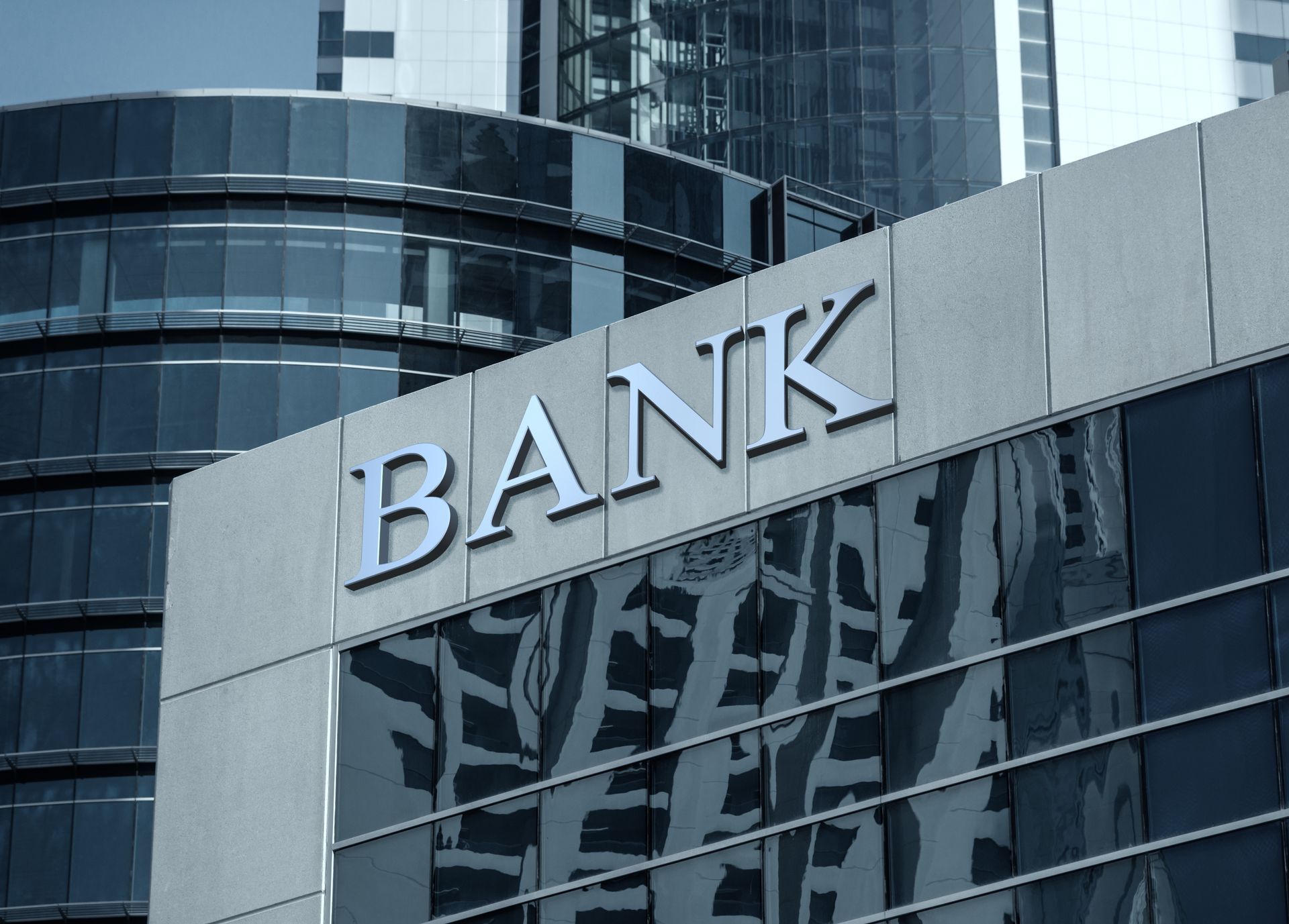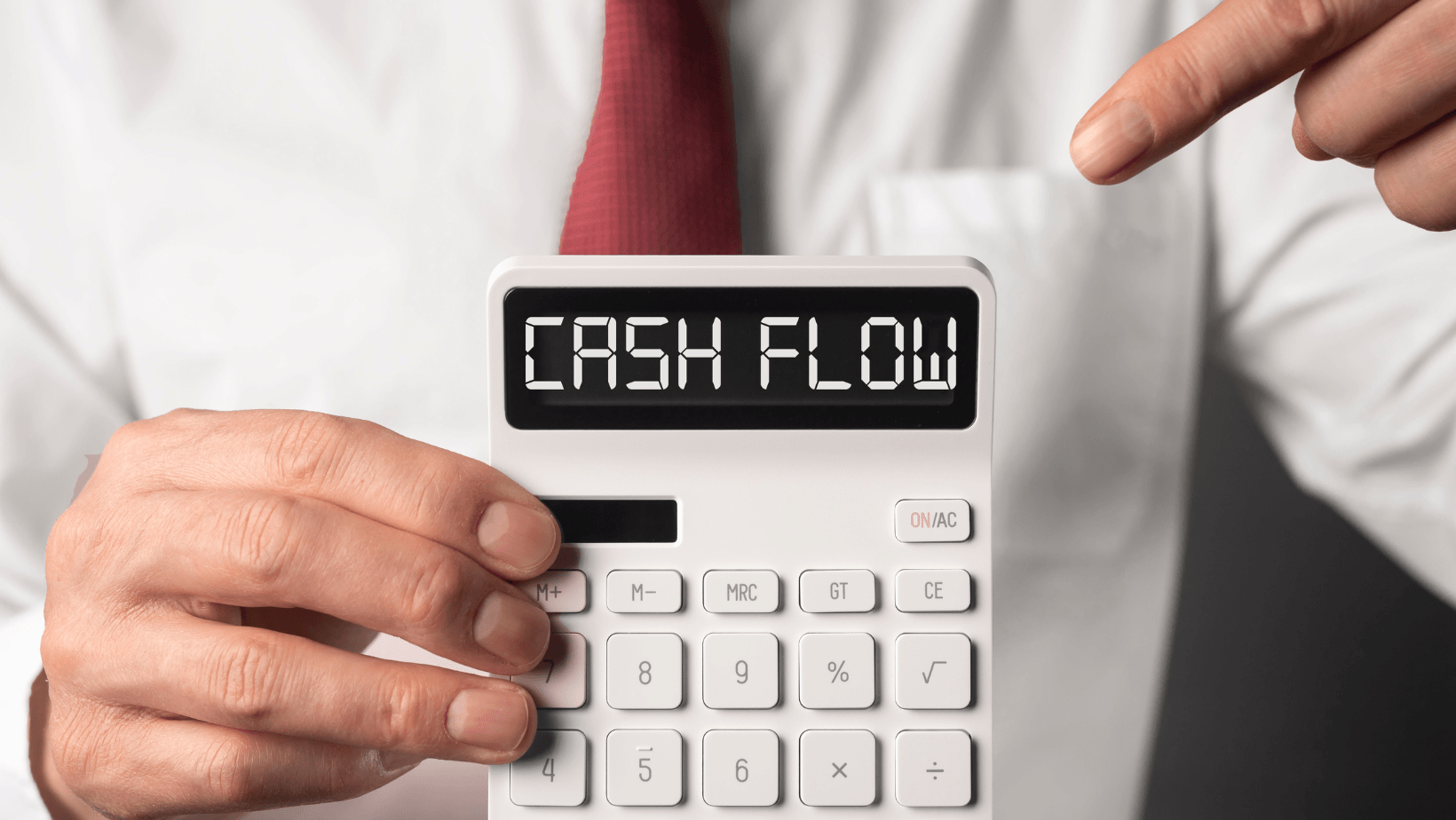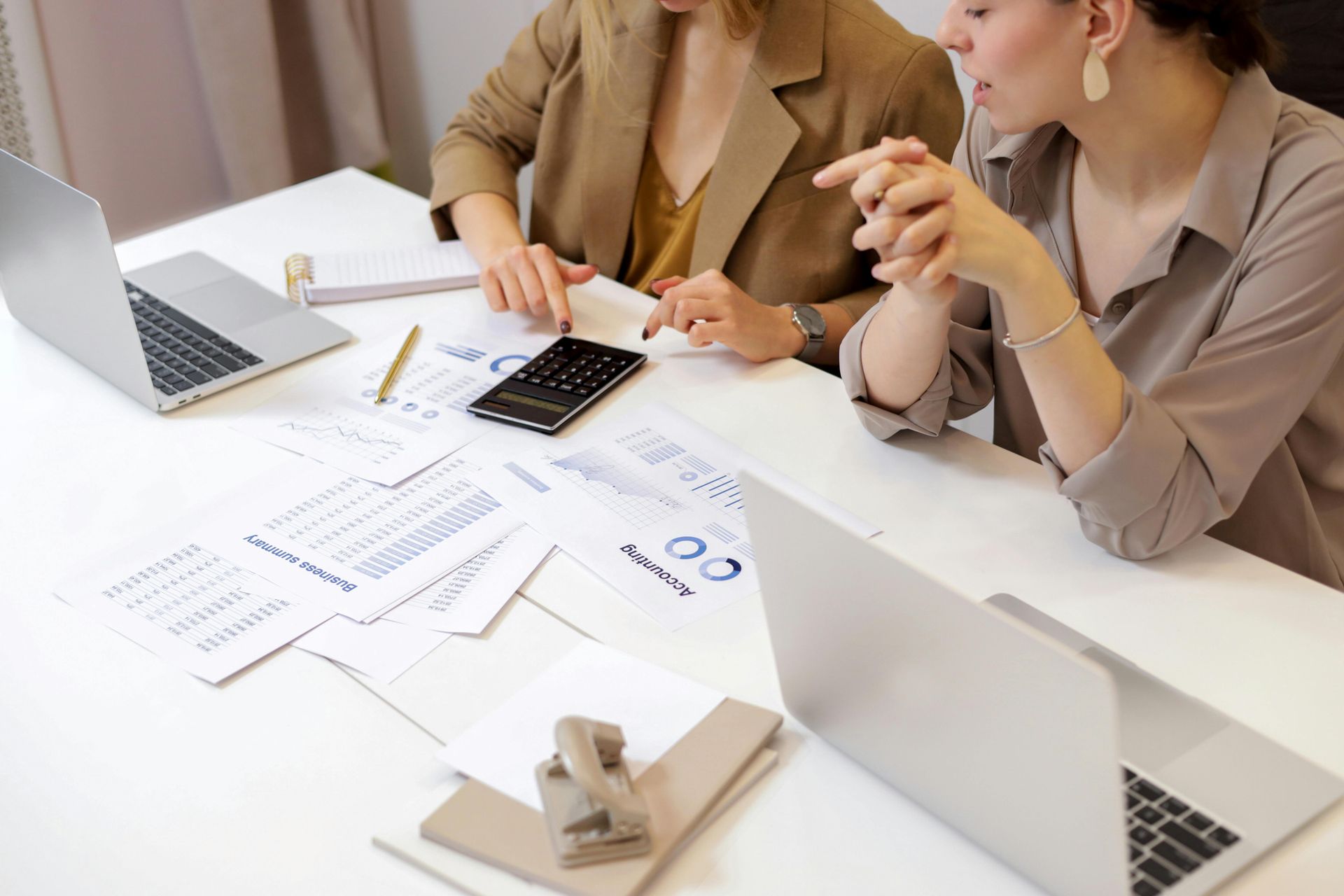Should you buy or lease your business assets?
There are certain items of equipment, machinery, and hardware that are essential to the operation of your business – whether it’s the delivery van for your home-delivery food service or the high-end digital printer you use in your print business.
When a critical business asset is required, should you buy this item outright, or should you lease the item and pay for it in monthly instalments?
To buy or to lease? That is the question.
Buying new business equipment, plant, machinery, or vehicles can be an expensive investment. Depending on your financial situation, it’s important to weigh up the pros and cons of buying versus lease options.
Buying: the pros and cons:
- Pro: It’s a tangible asset – when you buy an item, you own it outright and it will appear on your balance sheet as one your business assets. By owning these assets outright you increase the perceived capital and value of your business. You can also claim the cost of the asset against your capital allowance for tax purposes.
- Pro: It’s yours for the life of the asset –You have full use of the equipment for its life duration. Your use of the asset isn’t reliant on you keeping up regular lease payments and, if your financial circumstances change, you could sell it to free up capital.
- Con: It’s an expensive outlay – paying for the item up front is a large outlay for your business and you need the cash to cover this cost. Spending a large lump sum in this way may take cash away from other areas of the business, so you need to be 100% sure that this purchase is the right decision and a sound investment.
- Con: You may require extra funding – if you don’t have the liquid cash available to buy the item outright, you may need to take out a loan. Asset finance is available from funding providers but it does tie you into a loan agreement that will add to your business liabilities and reduce your worth on the balance sheet.
Leasing: the pros and cons:
- Pro: Leasing has a cheaper entry point – if the item you need has a large price tag, leasing allows you to make use of the asset without forking out its full purchase price. For startups, and smaller businesses with minimal capital, this can make leasing a very attractive option. You don’t own the asset but you can make use of it – and this may be the difference between the success or failure of your business.
- Pro: You can spread the cost – there is still a cost associated with leasing, but you can spread this over a longer period, making it easier to find the cash to meet your payments. The cash you save by not buying upfront can be invested in other areas of the business, helping you to expand, grow, and bring in more customers and revenue.
- Pro: Some business owners choose the leasing options when they are in the final stages of their business career (looking to get out) because they view leasing as an easy way to simply give the leased asset back and walk away, as opposed to trying to sell the asset.
- Con: You don’t own the asset –depending on the type of lease agreement. Under a capital lease, you do own the asset (once you’ve paid if off). But if you opt for an operating lease, it will be for a shorter term and you won’t own the asset at the end of the contract. Ownership has advantages (including being able to sell the asset if required), so it’s important to consider the advantages and disadvantages of each kind of lease agreement before deciding which is best for you.
- Con: You may pay more in the long run – most leasing agreements attract additional costs and interest, so you may end up paying more than market price for your asset in the long term. If you can cope with the higher cost, this is fine, but bear in mind that buying outright may offer greater value.
- Con: You may lose the use of the asset – if you can’t keep up your lease payments (for example, due to poor cashflow) then the owner of the lease agreement may recall the asset. If the item is crucial to your business model, losing it may have a profound impact on your ability to operate. In this respect, leasing is riskier, but it’s also an easier option for businesses with less cash to splash.
Talk to us about whether buying or leasing is the best way forward.
Whether to to buy or lease your equipment isn’t always a straightforward decision, so it’s a good idea to consult with your accountant early on in the decision-making process.
We’ll help you review your financial position, assess your available cashflow, and look at your regular cost base to help you decide whether buying or leasing is right for your business.

